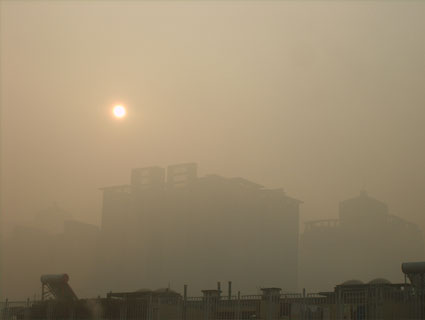Beijing’s dismal air quality is once again in the spotlight. The city has been shrouded in a thick cloud of smog on and off for the past month and is now in an “air quality crisis,” according to an environmental official quoted in the Wall Street Journal.
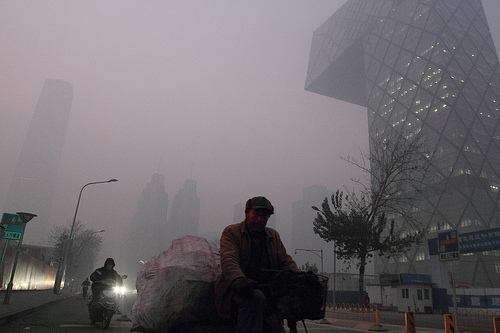 Beijing, near the CCTV Headquarters, December 4, 2011: ??/Flickr
Beijing, near the CCTV Headquarters, December 4, 2011: ??/Flickr
Before wagging a finger at Beijing, perhaps now is a good time to recall when many US cities were also cloaked in haze. Back in the 1970s, when the Clean Air Act (signed by Nixon in 1970) was just getting on a roll, the nascent EPA commissioned a series of photographs for the Documerica project to record pollution in America. The project, which ran from 1971-1977, amassed 20,000 images of our environmental sins, many of which can be accessed through the National Archives Environmental Studies Gallery.
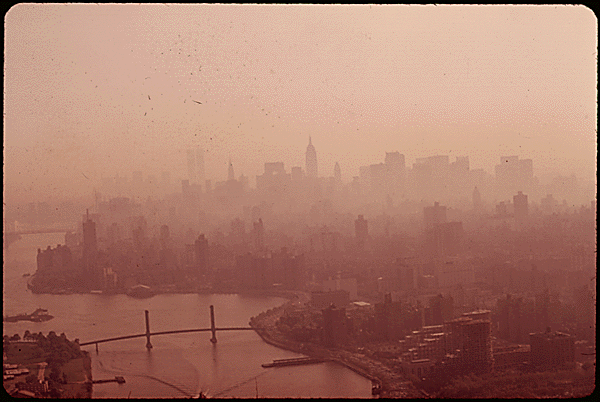 Manhattan skyline enveloped in heavy smog, May 1973: Chester Higgins/NARA
Manhattan skyline enveloped in heavy smog, May 1973: Chester Higgins/NARA
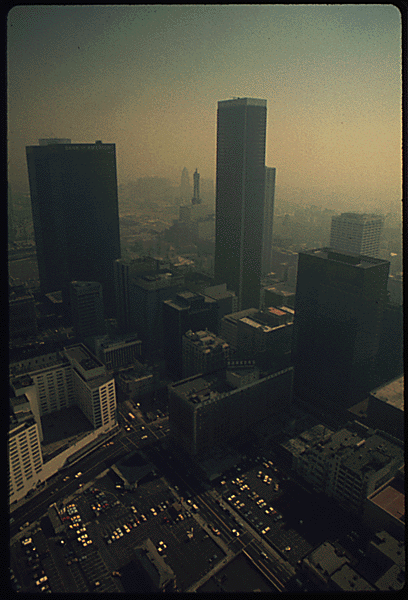 Los Angeles in heavy smog, September 1973: Gene Daniels/NARA
Los Angeles in heavy smog, September 1973: Gene Daniels/NARA
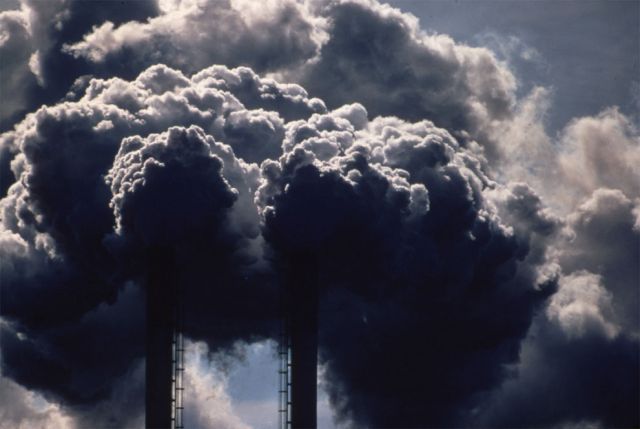 Smoke from the burning of discarded auto batteries from a factory near Houston Texas, April 1972: Marc St. Gil/NARA
Smoke from the burning of discarded auto batteries from a factory near Houston Texas, April 1972: Marc St. Gil/NARA
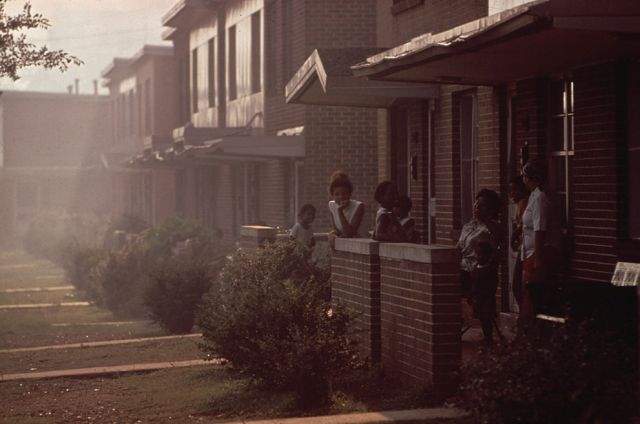 Day becomes night in North Birmingham, adjacent to US pipe plant and the most heavily polluted part of the city, July 1972: LeRoy Woodson/NARA
Day becomes night in North Birmingham, adjacent to US pipe plant and the most heavily polluted part of the city, July 1972: LeRoy Woodson/NARA
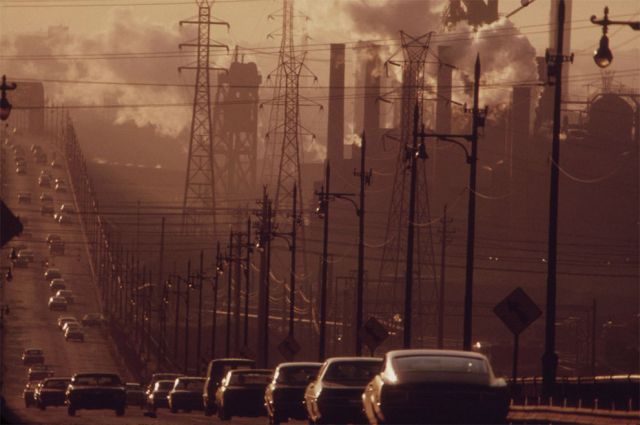 Clark Avenue Bridge in Cleveland, Ohio, July 1973: Frank Aleksandrowicz/NARA
Clark Avenue Bridge in Cleveland, Ohio, July 1973: Frank Aleksandrowicz/NARA
Precise comparisons between air quality in China and the US are difficult. Monitoring of PM 2.5–tiny particles less than 2.5 micrometers in diameter that pose the greatest health risk because they can enter deep into the lungs–wasn’t widely implemented in the US until the late 1990s. China only recently announced plans to report PM 2.5 measurements, though the US embassy has maintained a very popular Twitter feed that posts PM 2.5 readings obtained from it’s own EPA-approved air quality monitor since 2009.
Pollution in Beijing has returned to new highs since the government spent $3.6 billion on radical measures to cleanse the capital in preparation for the 2008 Olympics. Will this latest attack of smog spur China to clean up it’s act for good?
